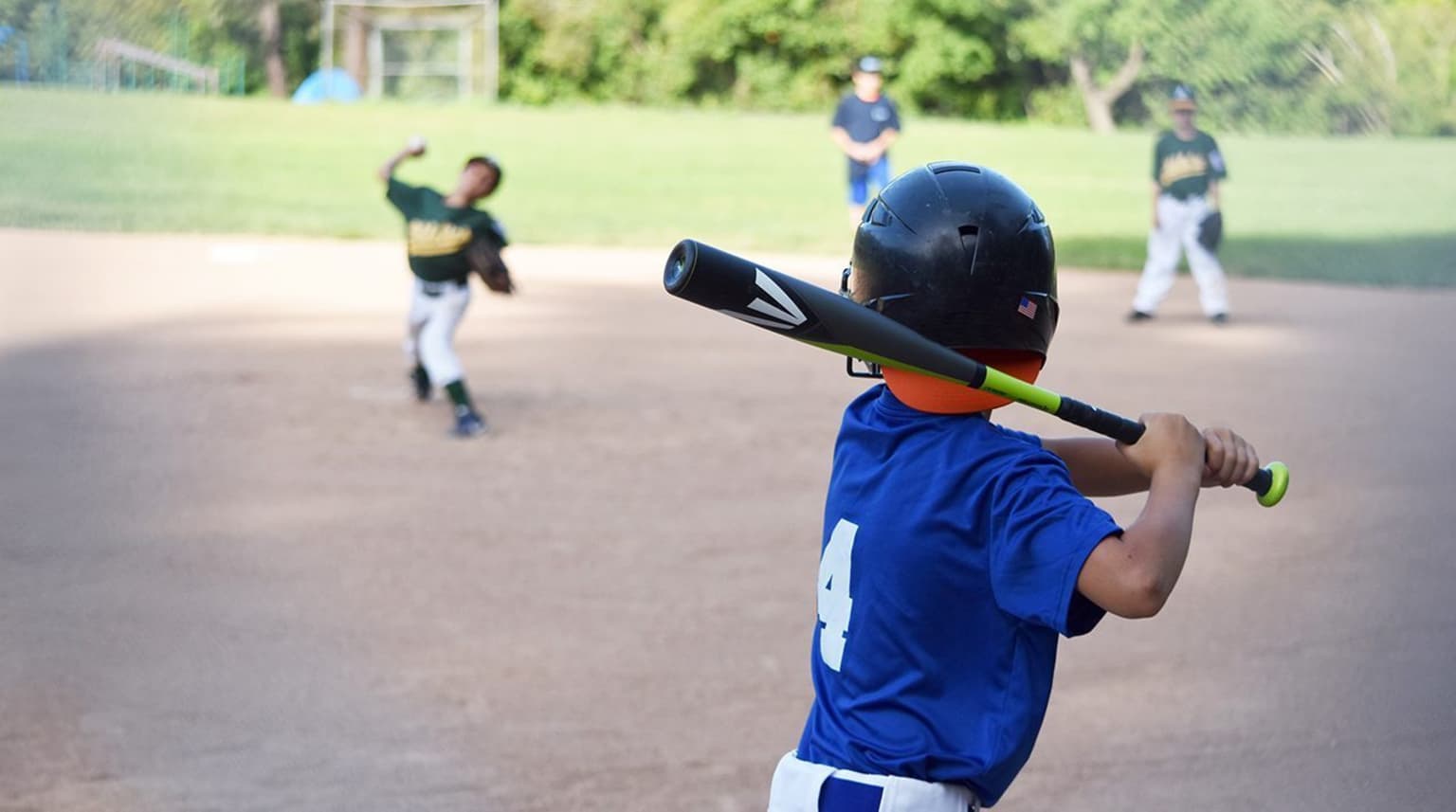
We will explain and define whether, or not, a pitch that bounces before reaching the batter can still be legally contacted by the batter. The situation described below is applicable in all levels of Little League Baseball® and Little League Softball®.
Situation
In the top of the fifth inning, with a runner on first base, and a two-ball, two-strike count on the batter, the pitcher throws a pitch that hits the ground before reaching home plate. The pitch bounces up and into the strike zone, where the batter hits it for a single. After the batter-runner reaches first base, the defensive team’s manager asks for, and is granted, time out by the home plate umpire. The manager claims that because the pitch hit the ground before reaching the batter, the umpire should have ruled “no pitch,” the ball should be “dead,” and that batter should not have been allowed to hit the ball. Is the manager correct to claim that the pitch should be ruled “dead” and that batter not be permitted to hit a pitch that bounced?
Explanation
To explain the rule, we reference the definition of a pitch as described in Rule 2.00 in the 2015 Little League Baseball® and Little League Softball® Rulebooks.
According to the definition, a pitch is a ball delivered to the batter by the pitcher. It doesn’t matter how the pitch reaches the batter. The batter may hit any pitch that is thrown. Note that a pitch that bounces before reaching the plate may never be called a strike or a legally-caught third strike.